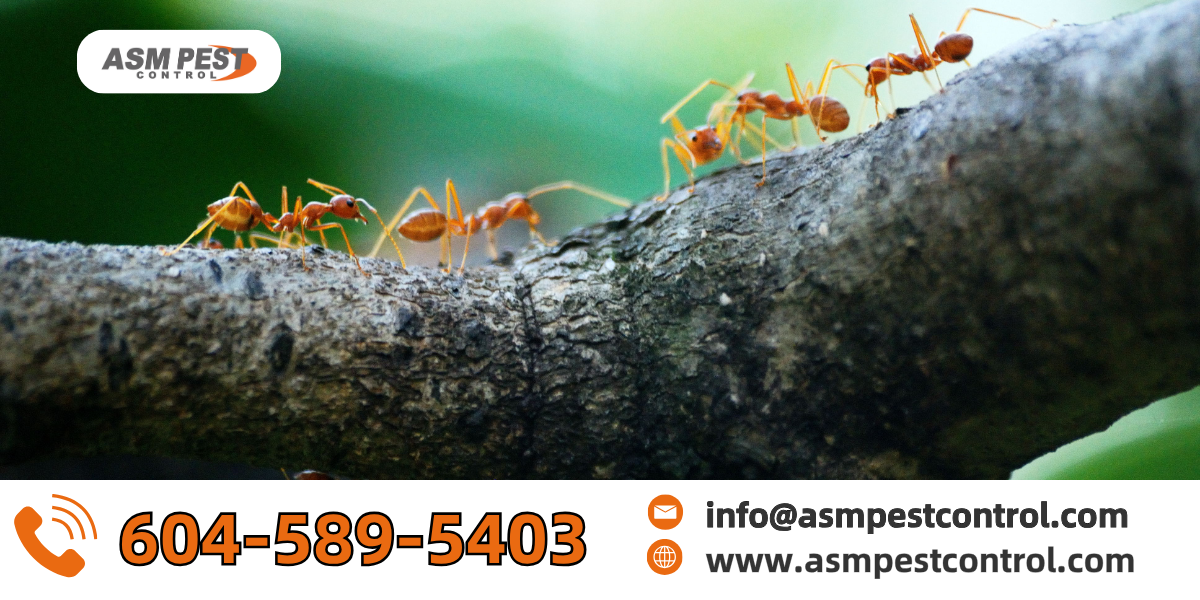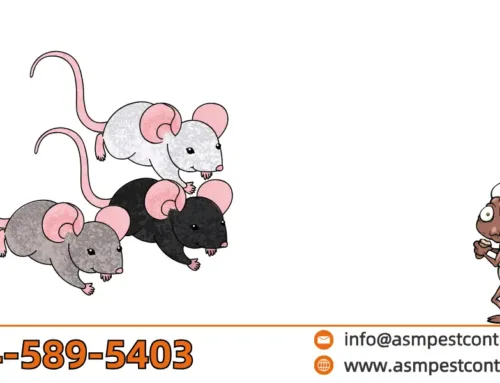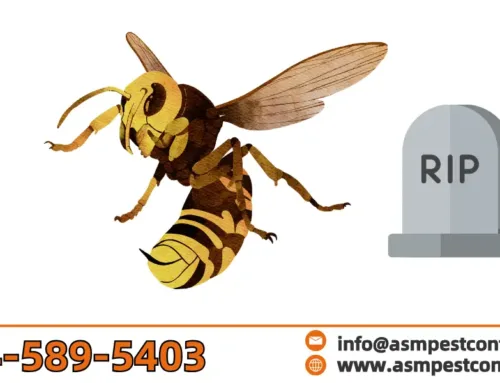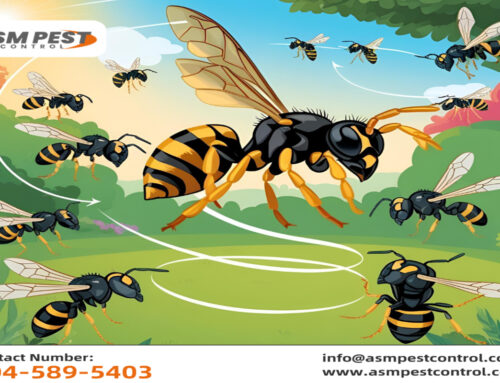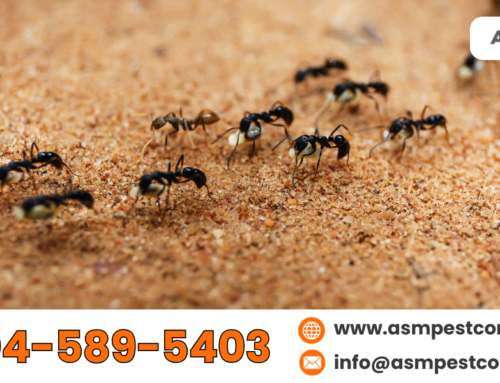If you’ve been spotting scattered dirt mounds, ant trails, or patches of disturbed soil, there’s a good chance you’re dealing with ants in your lawn. These tiny pests may seem harmless at first, but their ability to multiply quickly and form complex underground colonies can turn a well-maintained lawn into a frustrating maintenance challenge. While not all ants are toxic, some species can produce structural issues, kill grass roots, and even harm pets and children.
What begins as a handful of seen ants more often than not grows into extensive colonies that disturb your ground, rot the plant roots, and even create a portal into your house & You can get help with the pest control in your location areas, like pest control surrey. The sooner you act, the more you can take back your lawn and prevent costly damage.
How to Get Rid of Ants in Your Grass and Prevent Lawn Ant Infestation
A lawn ant infestation can be difficult to manage once it’s established, especially when ant activity is at its peak during the spring and summer months. Some ants are drawn by sugary food or moisture, while others are simply looking for a dry, safe place to nest. Whether it’s fire ants with painful stings or carpenter ants that damage wooden structures near your yard, understanding how to act fast and smart can save you time and future lawn repair costs.
Prevention and early action are key. If you address the problem early with the right approach, you won’t just eliminate the ants, you’ll also help protect your yard, home, and family from long-term pest problems.
Natural Methods to Get Rid of Ants in Your Lawn Safely
The first line of defense against ants in your lawn is smart lawn care and regular attention to your outdoor environment. Ants prefer dry, undisturbed soil and are discouraged by regular maintenance and the absence of food or moisture sources.
Here are some of the most effective natural ways to manage and prevent ant problems in your yard:
- Rake visible ant mounds regularly: Disrupting the colony’s tunnels forces them to relocate. Weekly raking prevents long-term establishment.
- Spray a soap and water solution: Mix one teaspoon of dish soap and one teaspoon of vegetable oil into a quart of water. Apply directly to ant mounds during early morning or late evening to avoid damaging grass.
- Apply food-grade diatomaceous earth: This natural powder dehydrates ants and kills them on contact. Sprinkle around visible nests or high-traffic ant zones.
- Keep your lawn clean: Remove compost scraps, pet food, sugary debris, and other attractants. A tidy yard gives ants fewer reasons to settle.
- Trim vegetation touching your home: Overgrown plants and tree branches can serve as bridges for ants to move indoors. Trim them regularly to block access points.
Baiting for Colony Elimination
Natural methods are great for surface-level control, but to fully eliminate the ant problem, targeting the queen inside the colony is crucial. A powerful bait is made by mixing sugar water and borax together. The sweet scent attracts worker ants, who return with the poisoned bait to the nest and share it with the colony, including the queen.
Without eliminating the queen, ant colonies often recover and return stronger. The process might take several days to a few weeks, but baiting is one of the most effective long-term solutions available.
Place bait stations near ant trails, garden edges, or areas with the most activity. Be cautious when placing bait near pets or kids.
Identifying the Types of Ants in Your Lawn
Identifying the type of ant on your lawn will help you choose the best pest control coquitlam solution. Here are the most common offenders in Canadian yards:
- Fire ants: Small, red, and aggressive, fire ants build raised mounds and react defensively if disturbed. Their painful stings make them a hazard in outdoor play areas.
- Carpenter ants: Large, often black with red, these ants nest in damp or decaying wood. They don’t eat the wood but hollow it out, which can damage fences, decks, and sheds.
- Pavement ants: Often found under driveways and sidewalks, they don’t damage structures but can create unsightly trails and become persistent foragers in kitchens or garages.
Chemical Solutions (Only When Necessary)
While natural remedies and baiting can resolve most issues, sometimes chemical intervention becomes necessary, especially with large colonies or deep underground nests.
Look for products with active ingredients like bifenthrin, permethrin, or deltamethrin. These are designed to penetrate the soil and kill ants deep in their tunnels. Most come in granular or liquid form and should be applied directly to the mound.
Tips for safe chemical application:
- Do not treat your entire lawn; treat only specific areas.
- After the granules have been applied, lightly water the area this activate the treatment and help it penetrate the soil, reaching ants deep within the nest
- Keep pets and children away from the treated lawn until it completely dries.
- Follow label instructions closely for dosage and timing
If you’re unsure about using chemical products, professional ant control experts are trained to apply them safely while minimizing impact on your lawn and environment.
Lawn Maintenance for Long-Term Prevention
The best way to deal with pest control abbotsford lawn ants? Preventive lawn care makes your property less inviting to ants and other pests.
Here are smart tips to prevent reinfestation:
- To encourage strong root growth, water deeply but sparingly.
- Clean up food debris daily, especially near patios and pet areas
- Fix leaky sprinklers and faucets to eliminate standing moisture
- Seal foundation gaps and patio cracks to block entry into your home
An ant-free lawn is the result of a healthy, maintained landscape paired with early and effective pest control efforts.
Detecting the Early Signs of an Infestation
Don’t wait until you see dozens of mounds. Early warning signs can help you catch an infestation before it gets out of hand:
- Ant trails on pavement or near garden beds
- Sudden patches of soft or raised soil
- Winged ants appearing indoors (especially around windows)
- Wood shavings near outdoor structures (signs of carpenter ants)
Conduct routine checks, especially in spring and summer, so you can respond immediately and avoid more serious problems.
Final Thoughts
Dealing with ants in your lawn doesn’t have to involve guesswork or risky chemicals. Start with smart lawn practices, apply natural methods and baits when needed, and call in ASM Pest Control professionals if the problem gets too large to manage alone.
By staying proactive and consistent, you’ll protect your lawn, avoid costly damage, and keep your outdoor spaces safe and ant-free season after season.

